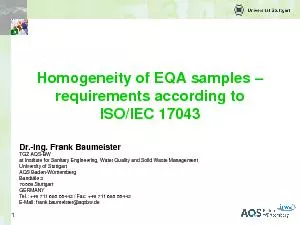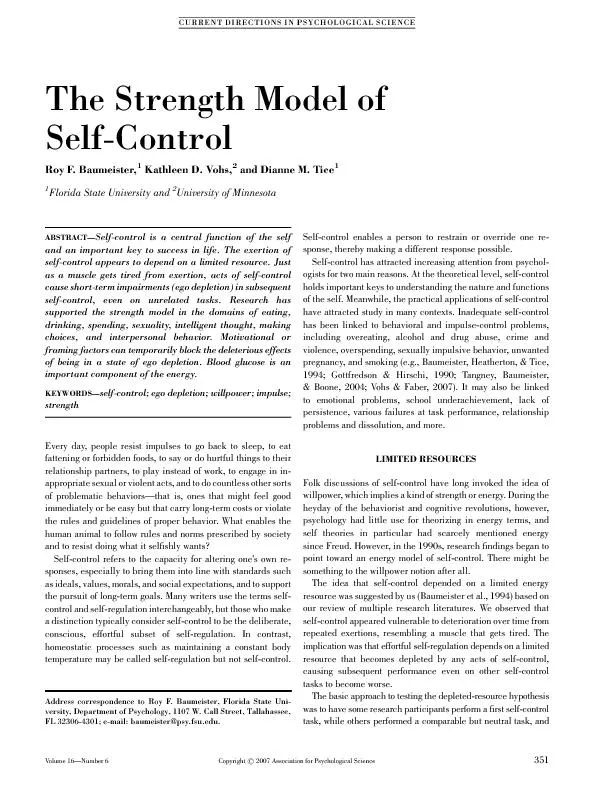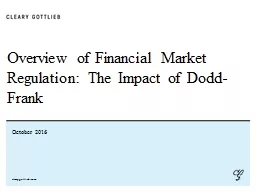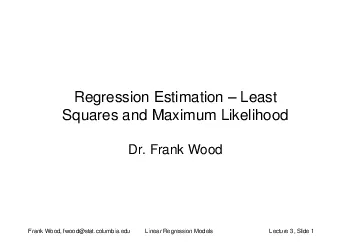PDF-Frank Baumeister
Author : olivia-moreira | Published Date : 2015-08-08
Dr Ing TGZ AQS BW at Institute for Sanitary Engineering Water Quality and Solid Waste Management University of Stuttgart AQS Baden W
Presentation Embed Code
Download Presentation
Download Presentation The PPT/PDF document "Frank Baumeister" is the property of its rightful owner. Permission is granted to download and print the materials on this website for personal, non-commercial use only, and to display it on your personal computer provided you do not modify the materials and that you retain all copyright notices contained in the materials. By downloading content from our website, you accept the terms of this agreement.
Frank Baumeister: Transcript
Download Rules Of Document
"Frank Baumeister"The content belongs to its owner. You may download and print it for personal use, without modification, and keep all copyright notices. By downloading, you agree to these terms.
Related Documents













